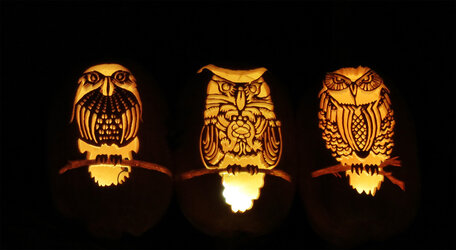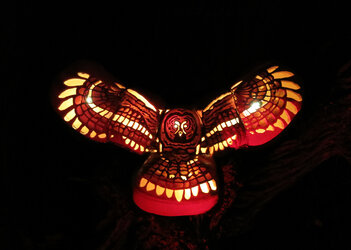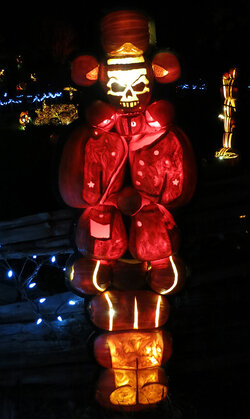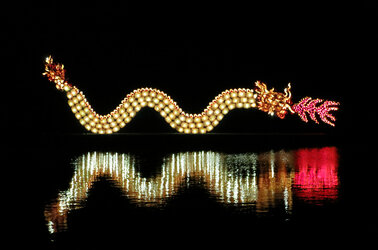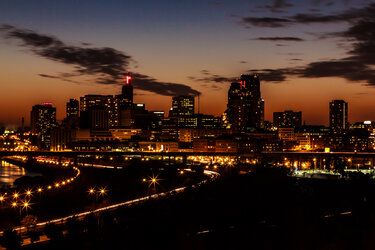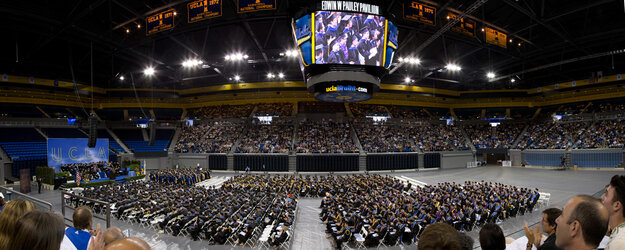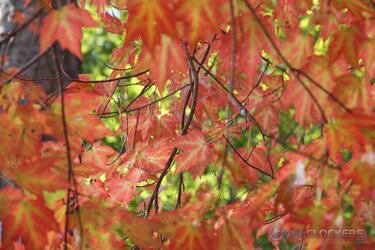- Joined
- Aug 1, 2012
- Location
- Minneapolis, MN
Nuthin' wrong with that pic Dark!
You're very kind. While not a terrible picture, it's not as clear as I was hoping for, but it was very windy on the pedestrian bridge we were on... we were literally getting blown all around. I'll try another night. My biggest "complaint" was the street lights. Where I have large stars, many of the pics I've seen have more of just a "glow". I know physics has a lot to do with it, stopping up may help with that, but then I'd lose detail. After going back and looking at some other pictures though, I did figure out most have more ambient light (shot closer to sunset), which I think is probably the key.
If the sun ain't shinin' I ain't shootin' (pictures)
Trust me, I tend to agree with you. Girlfriend was visiting and wanted to give this a shot. I was more worried about getting shot. Not the most friendly part of town...
Last edited:
